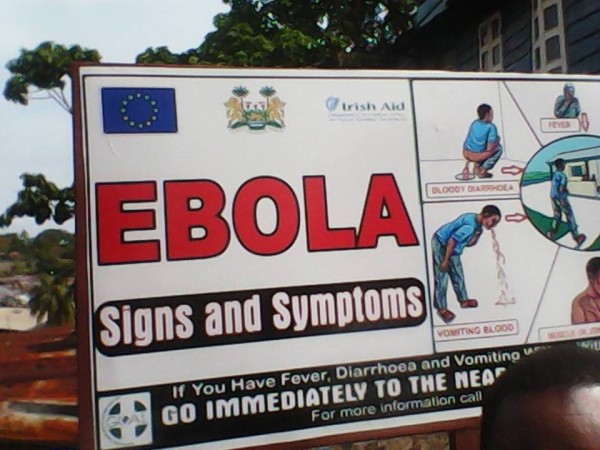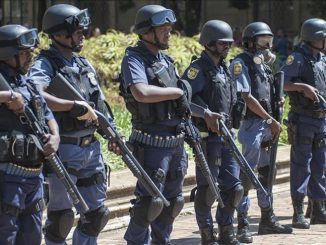
I have been following from a distance media reports about the current outbreak of the deadly Ebola disease in Sierra Leone, and I am appalled, but not actually surprised by one crucial piece of information. The report that the families of the Ebola-infected individuals taken to the treatment centre “aggressively” went and removed their loved ones from the facility seems to defy logic and common sense; after all, a medical treatment centre is presumably the best place a patient could go in order to get the treatment they need. And so, the question one might ask is this: why did the family members do what they did?
A plausible answer to that question relates to two crucial issues in public health emergent situations; ignorance, and institutional response. People can do incredible, and outrageous things out of ignorance, and in the present case, it is evident that the family members have very little relevant information about the disease, and worst still, were not aware of the full implications of their action. Institutional factors relate to such things as policies, if there are any, put in place to deal with an emergent situation; logistics supports, and public education and awareness programs. With regard to the current Ebola outbreak in the country, what was regrettably and clearly missing was a proactive public education and sensitization initiative about the disease. That information vacuum created an excellent opportunity for rumour mongering, and for what authorities describe as “untrue reports” that they blamed on social media. The rumour bandied around alleged that Ebola-infected patients who went to the treatment facility were euthanized as a precautionary measure in order to protect the public. The presumed intention is undoubtedly lofty, but for an average, ill-informed and illiterate individual that knows or has heard about an Ebola-infected person that checked in the treatment facility, but never came back alive, such “untrue reports” only serve the purpose of entrenching the people in their ignorance. They would consequently take actions based on their ignorance, no matter how stupid those actions might be.
One of the most effective ways to prevent rumours with regard to public health issues in particular is to be entirely transparent, in terms of providing to the public adequate and relevant information about the emergent issue, as well as the appropriate public health intervention. Given the fluid nature of the movement of people across contiguous countries like Sierra Leone, Guinea, and Liberia, it is only reasonable to assume that any public health issue occurring in one country, especially one that is so highly contagious and deadly as Ebola, is very likely to spill-over into the other countries. That being said, one would have expected that it was only a matter of time before the outbreak of the Ebola disease in Guinea elusively crosses the border into Sierra Leone, or Liberia. And for sure it did!
While it might be a little unrealistic to suggest that public health authorities could have forestalled completely the virus crossing the border into our country, it might not be too far-fetched to suggest that an effective public education program about Ebola immediately after learning about the outbreak in Guinea could have prevented the rumour-mongering machinery from going into full gear, and for social media from peddling “untrue stories” about the response of public health authorities. The high-lights of such a proactive sensitization initiative would have specifically included telling the public that there is no known cure for Ebola, and therefore virtually anyone infected with the virus will die sooner and not later; and that one could get infected with the virus just by touching an individual or animal that is clinically symptomatic. It seems to me that such proactive initiatives were not taken, otherwise it is highly unlikely that a fully-informed adult could knowingly put their own life at risk —- short of wanting to aspire to martyrdom —— just to “save” the life of a loved one that is more than likely to die. In short, if the family members clearly understood the full implications of physically coming into contact with their brethrens by trying to remove them from the medical facility wearing no protective gear, they might not have taken such a humongous risk to themselves and to the public as a whole.
These few comments are not meant to castigate public health authorities, rather they represent a personal reflection on what might have been done differently. And, it is also hoped that the lessons learned from the unfolding experience would serve as a guiding rod to prevent other people from taking such a senseless vigilante action in the future.
DAC Samu (Ph.D.)
Toronto, Canada





Leave a Reply